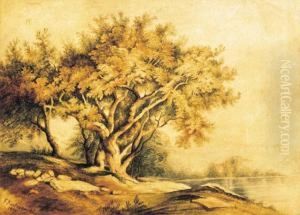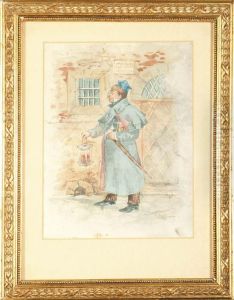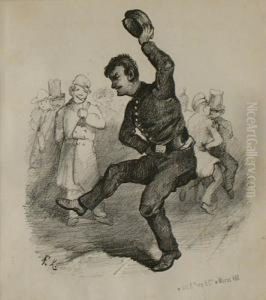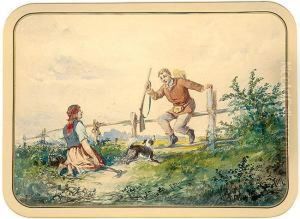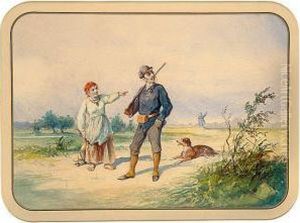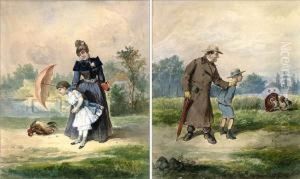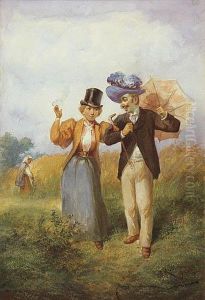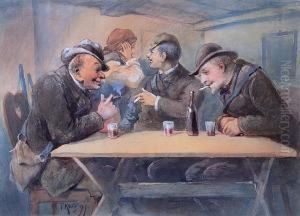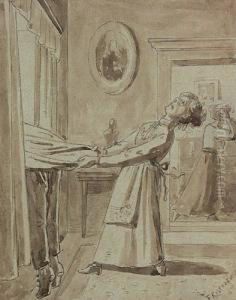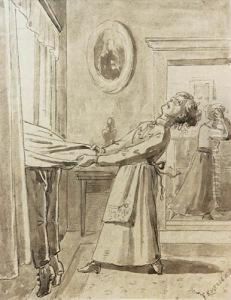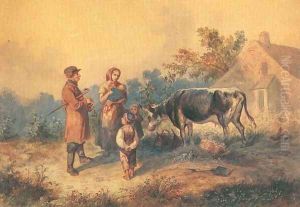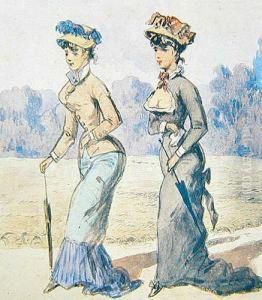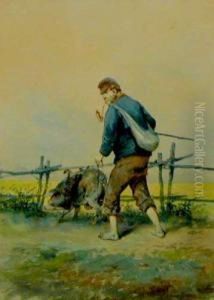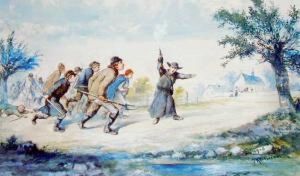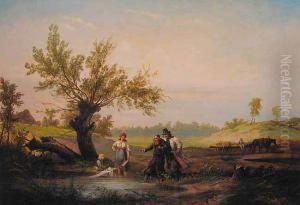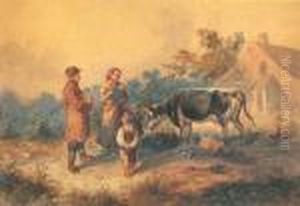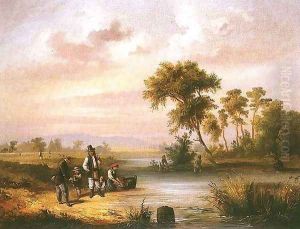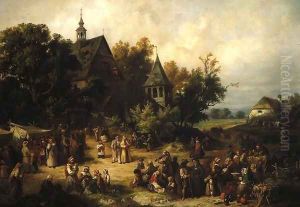Franciszek Kostrzewski Paintings
Franciszek Kostrzewski was a Polish illustrator and painter, born on December 19, 1826, in Warsaw, which was then part of the Kingdom of Poland under Russian control. He was a prominent figure in the Polish art scene of the 19th century and is best known for his detailed illustrations that often depicted historical and folk themes.
Kostrzewski began his artistic education at the Warsaw School of Drawing before continuing his studies at the Academy of Fine Arts in Warsaw, where he was influenced by the works of the leading Polish Romantic painters such as Piotr Michałowski and January Suchodolski. Throughout his career, Kostrzewski was deeply intertwined with Polish cultural life and was committed to the national cause, which was reflected in his art that often explored patriotic and historical narratives.
During the period of partitions, when Poland was divided between Russia, Prussia, and Austria, Kostrzewski's work became a form of cultural resistance. He illustrated scenes from Polish history, literature, and folklore, capturing the spirit of Poland's past glories and its people's aspirations for independence. His illustrations also appeared in popular periodicals of the time, making his work widely accessible and influential.
Apart from his illustrations, Kostrzewski also worked on theater sets and costumes, and he produced a significant number of oil paintings, watercolors, and drawings. His style was characterized by meticulous attention to detail and a romanticized view of the past, which resonated with audiences who found a source of national pride and identity in his works.
Franciszek Kostrzewski passed away on February 17, 1911, in Warsaw. His legacy is preserved through his artworks, which remain an important part of Polish cultural heritage and continue to be appreciated for their historical value and artistic merit.
